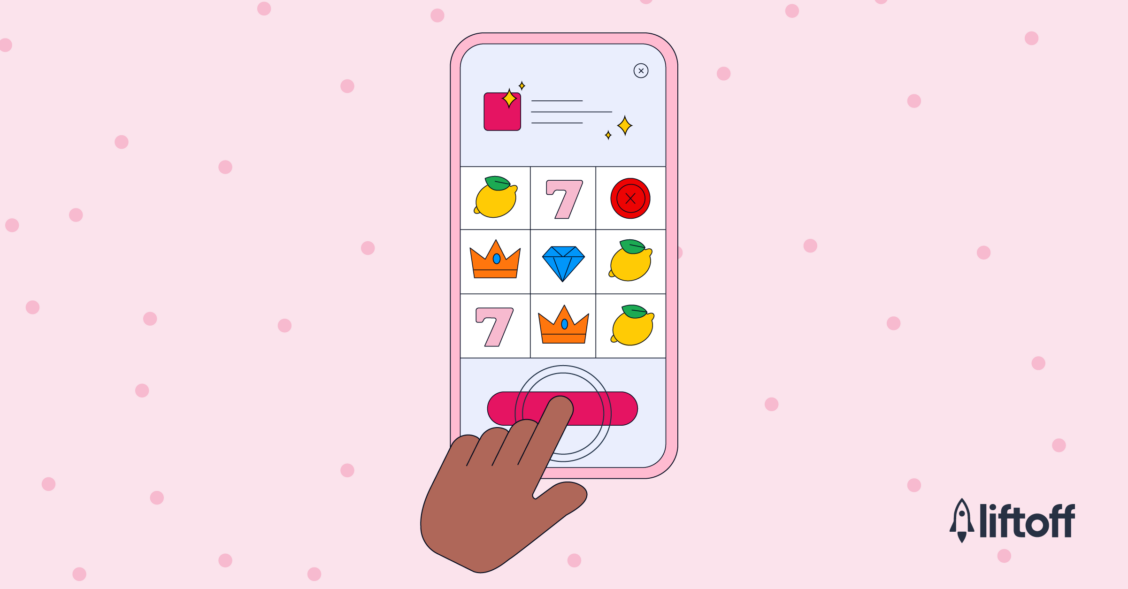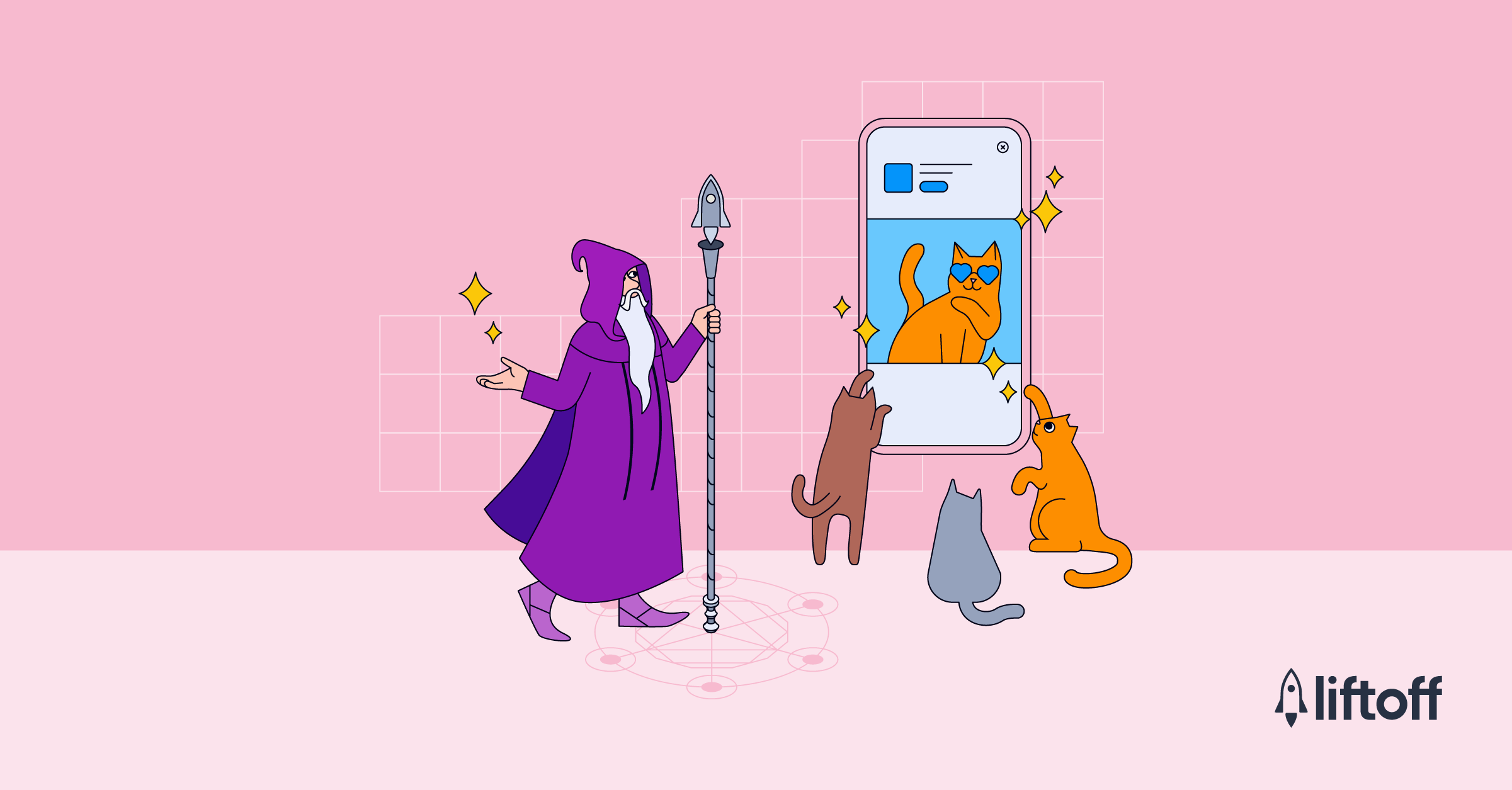
7 Playable Ads Best Practices for Mobile Apps
Fun interactivity isn’t just for mobile games — here’s how playables help apps win
In a world where ads are constantly vying for users’ attention, it’s harder than ever for mobile marketers to make an impact through traditional campaigns. New ad formats, particularly playable ads, have proven to increase engagement and retention, but there’s a perception that these interactive ads are only useful for marketing mobile games (particularly casual or hyper casual games). That couldn’t be further from the truth. Playable ads should be in your marketing strategy regardless of app genre.
That said, it takes thoughtful strategy to create playables that are engaging, creatively interesting, and brand-appropriate. If you’re unsure where to start, these playable ads best practices will point you in the right direction.
Playable Ads: Best Practices For Mobile Marketers
Express your brand story interactively
In 2016, the fast food giant Burger King released a playable ad campaign in the German market to raise awareness of its newest burger, the spicy Angriest Whopper. The interactive ad had players collecting 20 jalapenos in 20 seconds by dragging a Whopper along the bottom of the screen and catching the falling peppers while avoiding random items like candy and rubber ducks. In just 14 days, the Angriest Whopper game racked up over 300,000 plays — within two months, that number was 2.5 million.
So how did Burger King, which is decidedly not a game company, find success with a playable ad? From start to finish, every element aligned perfectly with Burger King’s branding. The high-resolution Whopper at the bottom of the screen stands out against a simple backdrop, the Burger King logo is always prominent, and the game itself is simple, light-hearted, and just a little weird, a tonal match for the company’s other ad campaigns. Remember this when embarking on your own playable campaigns and choose an interactive activity that accurately reflects your brand and highlights your offer.
Align creative with the post-install experience
While gathering data for Liftoff’s 2022 Ad Creative Index, we discovered that only 1-4% of mobile gaming campaigns align ad creative with player motivations. In other words, some advertisers focus more on getting the user’s attention than giving them realistic expectations of what they’ll find once they install the advertised app. Not only does this destroy any chance you have of gaining consumers’ trust, but it prioritizes installs over retention, which is not a great long-term strategy for app marketers.
Instead, marketers should align playable ad creative with the authentic in-app experience. This may be more challenging for non-gaming app marketers, but the rewards are worth it for down-funnel metrics like ROAS and LTV. An ad partner like Liftoff’s Creative Studio can help you strike the right balance, make informed creative decisions, and create custom strategies designed to make an impact.
Context is everything
Playable ads don’t have to exist in a vacuum. If pushing users right into an interactive activity doesn’t feel right for your brand, you can string together multiple ad formats to give users the additional context they need. One example is Liftoff’s multi-page ad format, which combines videos, playables, and attention-grabbing end cards to create more engaging ad experiences. In this case, the video shows gameplay and sets the ad’s premise, the interactive portion is nested in the middle, and then it ends with a strong call to action that provides instructions on what to do next. Remember, there’s no one-size-fits-all approach to playable ads, so don’t be afraid to experiment and find a format that works best for your brand.
Keep it simple
If the words “playable ads” have you imagining creating an in-depth game of your own, it’s time to take a step back. Simplicity is key in most mobile ad formats, and for non-gaming-app interactive ads, this is especially true. A playable can be as simple as choosing a favorite among songs or movies for streaming apps, or a short, interactive quiz for a news app — don’t waste time with needlessly complicated mechanics. You’ll also want to keep it relatively short, between 10 and 40 seconds. Simpler concepts, like match-3 playables or those requiring only a few taps or swipes, should skew towards the shorter end of the spectrum.
Reward users
Consumers respond better to rewarded ads than any other type, and mobile game marketers have discovered that giving players virtual currency and in-game items in exchange for viewing an ad is a winning strategy. Going back to the Burger King example above, there is one more element that made the Angriest Whopper game so successful: Anyone who collected 20 jalapenos within the time limit was rewarded with a coupon for said Whopper.
As Burger King shows, the rewarded approach also has a place outside of mobile games. Your rewards could be coupons, a deep discount on products or services, free gifts with purchases — the options are limitless. Giving users the incentive to stick around and complete the activity in an interactive ad increases the chance that they’ll see it through to the end and take the next action.
Use a bold (and specific) CTA
When your playable ad ends, users need to know what to do next. The final call to action should be just as creative as the rest of the ad, with clever copy and bold visuals directing users to download the app or take action in a brand-appropriate way. Be as specific as possible. For example, travel app Vrbo has used “Discover your escape” as a CTA, which is more enticing than simply “Download now.” Hulu, meanwhile, advertised its partnership with Disney+ by using a CTA button reading “Get the Disney bundle” and a less prominent link underneath for those who want to sign up for Hulu only. Remember, the CTA is the last thing a user will see before they take their next action. You need to give them a reason to download your app, so make it convincing.
Study the data
One of the benefits of playable ads is that they provide another layer of data that can let marketers know what’s working and what’s not. If you’re not seeing the results you want from a playable campaign, take a closer look to see where users are bouncing off. Are they jumping ship immediately, or does it happen a few seconds into the ad? Are they completing the ad but ignoring the CTA? Mobile marketers know that ad campaigns are a constant cycle of testing and optimization, and playables are no exception.
Optimize your playable ad campaigns with Liftoff
When you’re ready to put these playable ads best practices into effect, Liftoff is here to help. We use powerful machine-learning technology to optimize campaigns and match your ads with the right audience, while our in-house Creative Studio delivers eye-catching, custom-made visuals. Want to know more? Get in touch!
Download now: 2023 Mobile Ad Creative Index
Looking for even more ad creative insights to supercharge your mobile campaigns? Our 2023 Mobile Ad Creative Index dives deeply into five trends that are moving the needle for mobile marketers: extended ad experiences, taking playables beyond gaming, leveraging gaming motivations, more on creating long-form video ads, and user-generated content ads.
